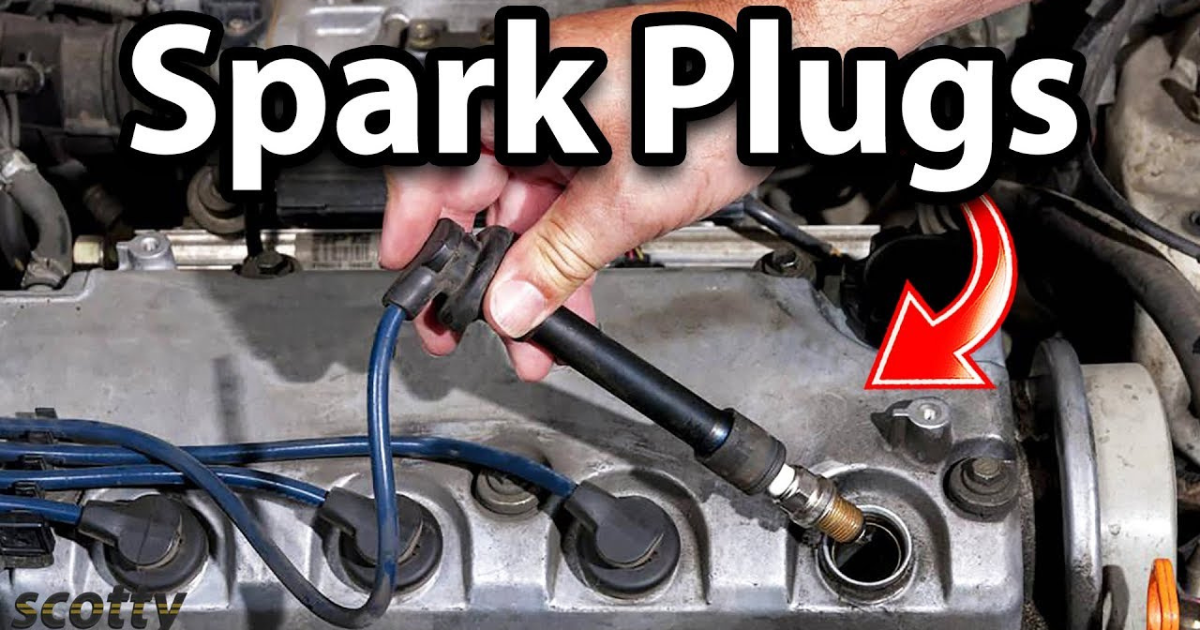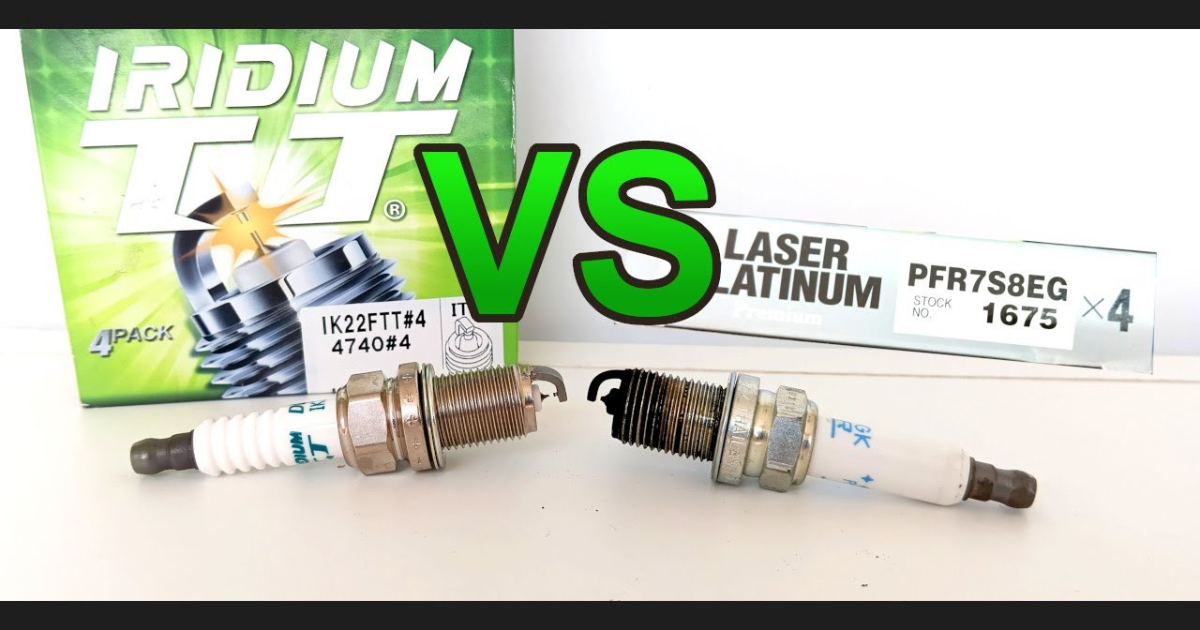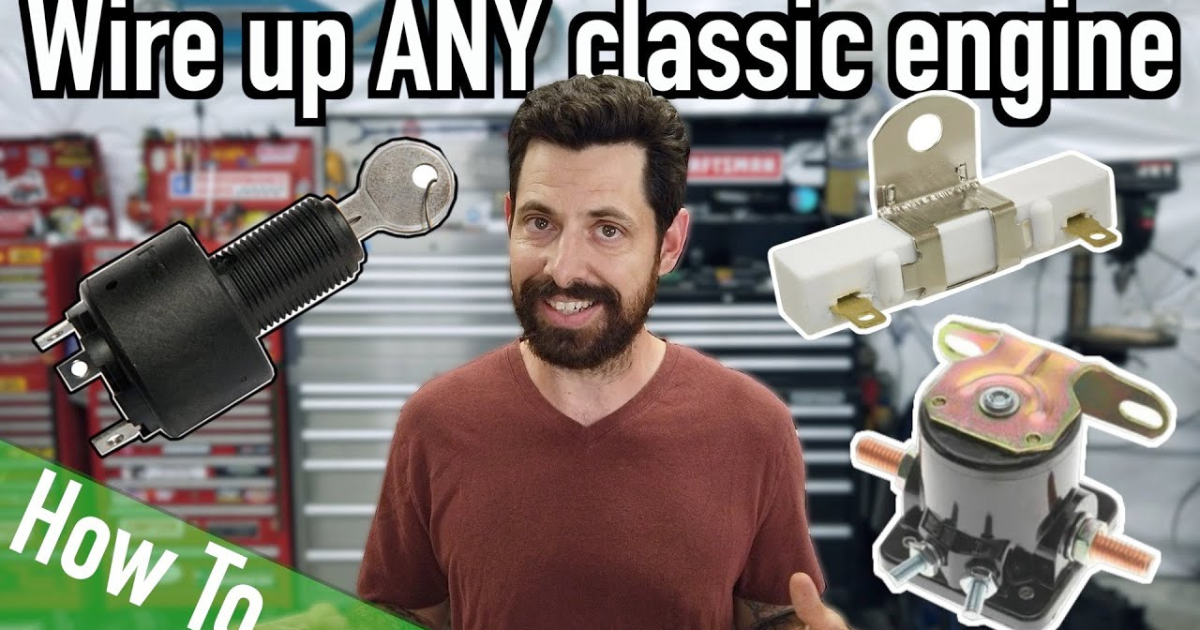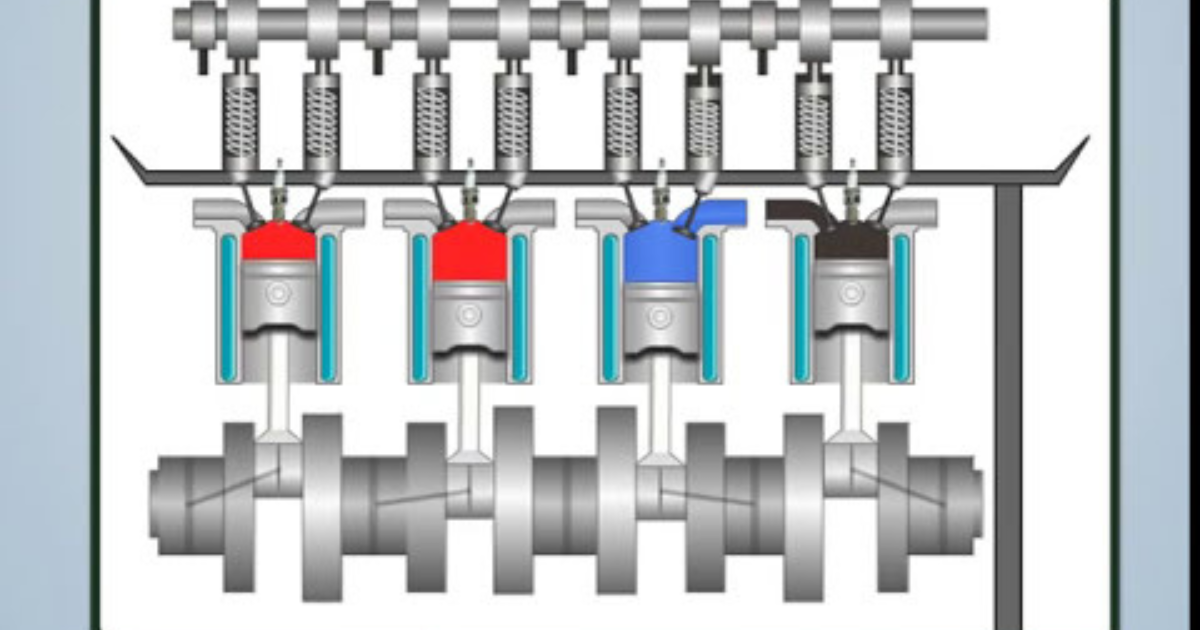Despite their diminutive size, engine spark plugs have a significant impact on your car’s engine performance. Every 80,000 miles, you should have a new engine for your car.
Ceramic units, on the other hand, can be swapped out after 100,000 kilometres. As a car owner, you should educate yourself on the engine in numerous ways. Among these is the proper sequence for connecting the spark plug wires.
How to put spark plug wires in the correct order: Step-by-step guide
Although it’s not difficult, you must use extreme caution when connecting the spark plug wires. Engine performance is sensitive to proper placement of the spark plugs. The engine won’t start if your faults involve more than two plugs. If you’ve ever wondered what the proper sequence is for connecting the spark plug wires, this tutorial might assist.
When installing spark plugs, be sure to follow the instructions to the letter. In response to the engine’s firing sequence, power is distributed via the distributor cap. When the piston at the top of the cylinder compresses the fuel-air mixture, it is at precisely the right moment that each spark plug receives its electrical current.
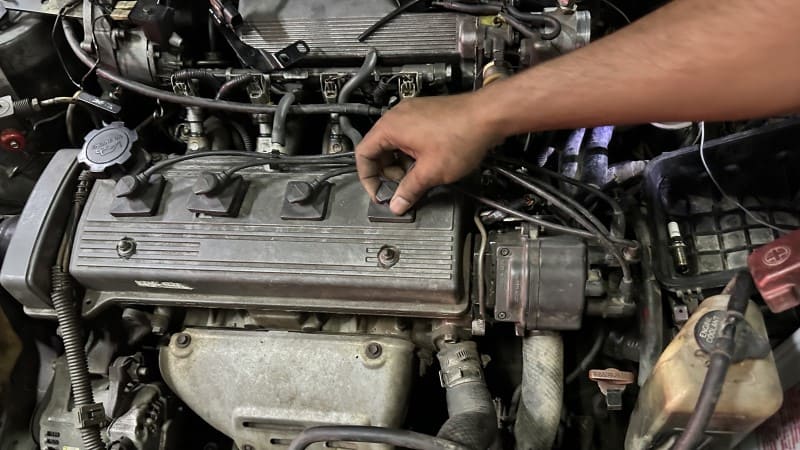
The spark must ignite the mixture in order to initiate combustion. Crossed spark plug wires cause the spark plugs to receive heat at the incorrect moment in a car. This precludes combustion, which in turn prevents the engine from starting. The proper sequence for connecting spark plug wires is as follows:
- Get the owner’s manual for your specific car
- Check for the distributor rotor rotation
- Locate the number 1 Firing Terminal
- Connect the number 1 Firing Terminal to the first Cylinder
- Connect all the spark plug wires
What Happens If You Put Spark Plug Wires on Wrong?
Incorrectly installed spark plug wires can cause cylinder misfires. Over time, the cat and oxygen sensors will be damaged by the unburned gasoline that flows to the exhaust. The car won’t start if you jumble more than two wires. Since the timing of the combustion of air and fuel does not coincide with the engine’s timing, the car will operate roughly if the engine is turned on.

What Is the Correct Firing Order?
One, three, four, and two are the firing sequence for straight-four engines. Nevertheless, this may not always be the case with automobiles. Fire in any combination of1,2, or 4 at any given moment.
Different tiring orders apply to vehicles with more than four cylinders. To dampen the sound of a rocking pair, straight five engines employ the following firing sequence: 1, 2, 4, 5, and 3.
Sequences of 1, 5, 3, 6, 2, and 4 are used by the straight-six engines. The result is an ideal equilibrium between the two. For the most part, V6 engines—characterized by a right angle between the banks of cylinders—use the following firing order: R1, L3, R3, L2, R2, L1, or R1, L2, R2, L3, L1, R3.
Fire sequences for vehicles powered by straight-8 cylinder engines are 1, 6, 2, 5, 8, 3, 7, 4. The firing sequence for the V8 engines of the Cadillac 472,425,368, and 500 is 1, 5, 6, 3, 4, 2, 7, and 8.
Conclusion
Knowing the firing order of the spark plug wires is essential for a successful spark plug wire replacement. Following this tutorial will teach you the proper sequence for connecting spark plug wires, so you can do the job in no time at all. The replacement process typically takes about 20 minutes to complete.

